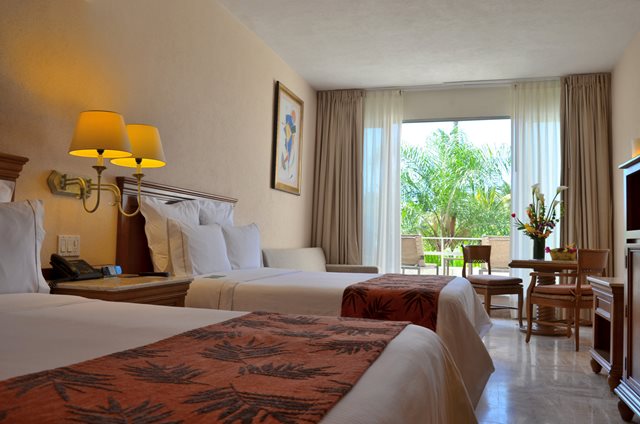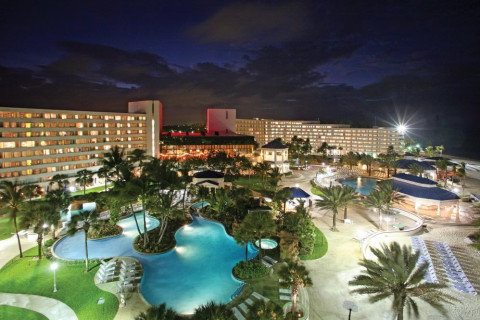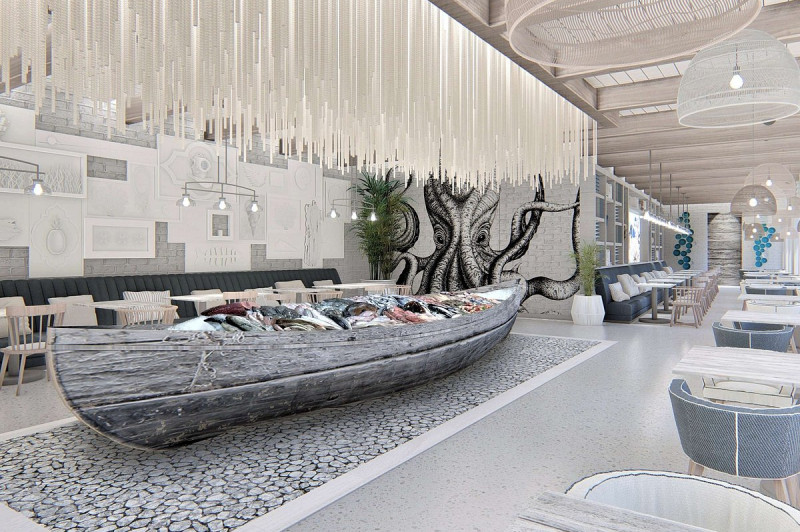Virtual Conference Update
As the impacts of COVID-19 continue, we have taken the decision to go virtual with the 2nd Spatial Genome Organization conference. The meeting will now have a three day program starting on 2nd March 2022 and will conclude 4th March 2022.
Head to our virtual website for more information.
- Home
- Past Conferences
- 2nd Spatial Genome Organization Conference
Synopsis
The conference will bring together scientists working to better understand three-dimensional genome organization in various organisms, tissues, and cell state.
Key Sessions
- Nuclear and subnuclear structure and function
- Topogically Associated Domains (TADs) and transcription in genome control
- Signalling cues, cellular states and genome organization
- Genome dynamics in DNA repair
- Genome structure in health, aging, and disease
- Chromatin loops and non-canonical nucleic acids structures in genome expression and stability
- Workshop I: Technical advances
- Workshop II: How to publish in the era of spatial genome organization?
Confirmed Plenary Speakers
Fabrizio d'Adda (IFOM)
NON CODING RNA SYNTHESIS AT DNA LESIONS
Peter Fraser (Florida State University)
3D CHROMOSOME DYNAMICS DURING PRE-IMPLANTATION DEVELOPMENT
Sara Wickstrom (University of Helsinki)
NUCLEAR MECHANOTRANSDUCTION - REGULATION OF CELL FATE AND INTEGRITY
Confirmed Invited Speakers
Matthias Altmeyer (University of Zurich)
DYNAMICS AND CELL CYCLE REGULATION OF DNA REPAIR COMPARTMENT
Effie Apostolou (Weill Cornell Medicine)
TRANSCRIPTIONAL AND ARCHITECTURAL RESETTING OF CELL IDENTITY UPON MITOTIC EXIT
Magda Bienko (Karolinska Institute)
GPSeq REVEALS THE RADIAL LANDSCAPE OF CHROMATIN AND GENOMIC ALTERATIONS IN THE HUMAN CELL NUCLEUS
Irene Chiolo (University of Southern California)
HETEROCHROMATIN REPAIR MECHANISMS
Jean Gautier (Columbia University)
George Inglis (Nature Communications Biology)
CRAFTING AN IMPACTFUL MANUSCRIPT
Alwin Köhler (University of Vienna)
PHASE SEPARATION OF PROTEINS AND LIPIDS AS AN ORGANIZING PRINCIPLE OF THE CELL NUCLEUS
Stephen Lee (University of Miami)
Gaëlle Legube (CNRS - University of Toulouse)
Marina Lusic (Heidelberg University Hospital)
Eli Rothenberg (NYU)
Andrew Seeber (Harvard University)
Christophe Zimmer (Institut Pasteur)
Target Audience
This conference is of interest to individuals seeking to understand the basic principles of spatial genome organization and how the disruption of this organization impacts health and disease, all within a beautiful natural setting. Those interested in learning or developing new technologies that help reveal more of the secrets of spatial genome organization should both benefit from and greatly enrich the conference. Attendees are expected to have a background in the basics of genetics, nuclear organization, microscopy, and sequencing.
Educational Need
This conference also provides a unique opportunity for trainees interested in spatial genome organization to learn about the latest findings in this rapidly growing area of research from both established and emerging leaders in the field. In addition, the conference provides numerous scientific and social networking opportunities for trainees to discuss their research activities and career plans with others in the field.
Confirmed Speakers
Chairs
Programme
Although the programme has not yet been released, we are able to confirm that the conference should begin no earlier than 14:00 with opening comments on 26th February 2022. The conference will conclude no later than 12:30 on 01st March 2022.
Venue & Location
Fiesta Americana Puerto Vallarta All Inclusive
The Fiesta Americana Puerto Vallarta All Inclusive is in the beautiful Bahía de Banderas on the Pacific Coast of Mexico. With a mix of contemporary Mexican architecture and the more traditional Mexican styles of Jalisco, the buildings blend perfectly with the surrounding landscape of the Western Sierra Madre Mountains.
Located just 13km from Licenciado Gustavo Díaz Ordaz International Airport and within easy reach of the town of Puerto Vallarta with its array of boutique shops and set alongside one of the most beautiful beaches in the area, this provides the perfect setting for a conference.
Throughout your stay delegates will enjoy a full meal plan, inclusive of beverages. Take your pick from the wonderful selection of restaurants such as Chulavista, a contemporary buffet restaurant overlooking the beach offering Mexican and International cuisine, Rosato, offering mediterranean cuisine with an Italian twist, El Mexicano, serving traditional Mexican fare, Tiatang, adults-only restaurant serving Asian cuisine nightly for dinner and L'Isola, a sophisticated restaurant serving lobster and fine meat cuts in a poolside setting - there is a surchage for dining at this venue. There are also several other dining opportunities such as the Cevichería, Fajita House and Grill as well as the Terrace and Pool Bars. The Café / Deli Express is also open daily for coffee, teas, cakes and pastries.
The themed Gala Night takes place on the third evening of the conference with a mouth-watering feast of local cuisine, an open bar and amazing local entertainment. We welcome all delegates and their accompanying persons to the Gala Night – a truly fun filled night not to be missed!
Hotel facilities include;
- Complimentary Wi-Fi in guest rooms and throughout hotel and conference areas
- Lagoon Pool
- Spa
- Fitness Center
- 8 Restaurants
- Kids Club
- Private Beach
General Information
Venue Rating
★ ★ ★ ★
Currency
US Dollar (USD)
Address
Blvd Francisco Medina Ascencio Km 2.5, Puerto Vallarta 48300, Mexico
Nearest Airport
Licenciado Gustavo Diaz Ordaz International Airport (PVR)
Location
Originally a bustling mining town known as the ‘Las Peñas’ in the 19th century, Puerto Vallarta is framed by the stunning mountains of the Sierra Madre Occidental of Jalisco and the immense Mexican Pacific. This fascinating destination with red roofs, golden sunsets, cobbled streets and beautiful beaches possesses everything that makes for an incredible place to visit.
Puerto Vallarta’s art offering is amazing, from crafts found in the flea market to the fleeting creations made by artists with the sand on the beach. Its art galleries, boardwalk, calm Banderas Bay waters - loved by scuba diving enthusiasts and bustling nightlife bare some of the contrasts that Vallarta holds.
There are many activities you can enjoy during your free time such as visiting the El Salado estuary, going on horseback up the Quimixto waterfall or taking a tour of Banderas Bay. You may also like to explore the Jardín Botánico de Vallarta where you will find orchids, bromeliads, agaves, wild palms and fern grottos along the paths of this gorgeous nature park.
If you are interested in this meeting but not yet ready to register, you can sign up for updates here and our team will keep you updated regarding deadline reminders and grant opportunities relating to this meeting only.
Conference Manager
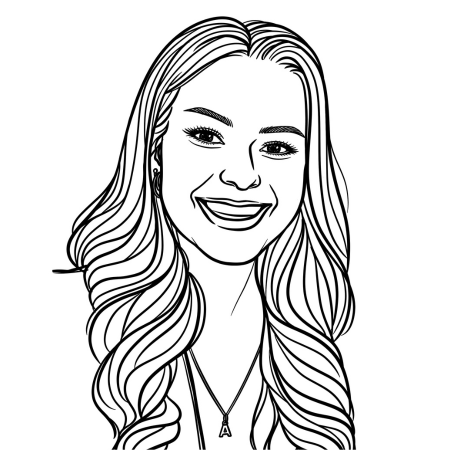
Amy Johnson
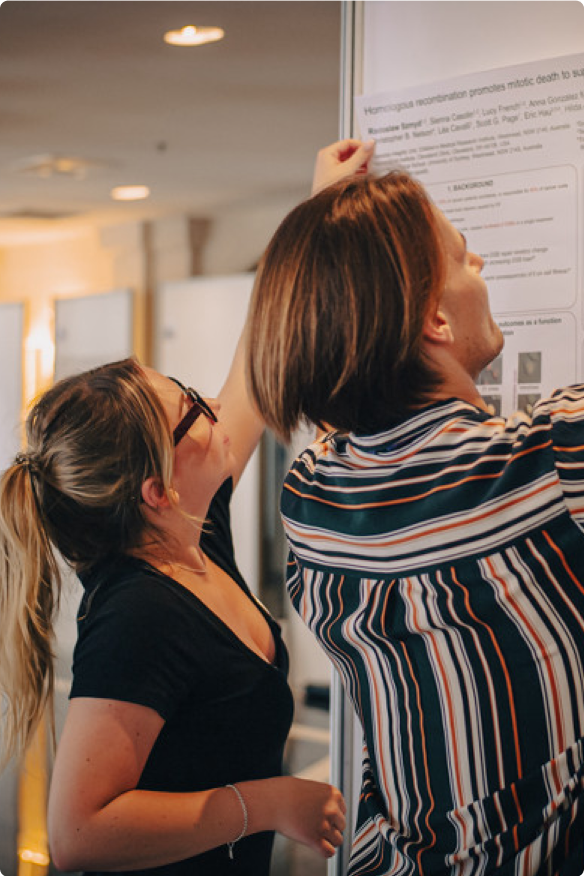
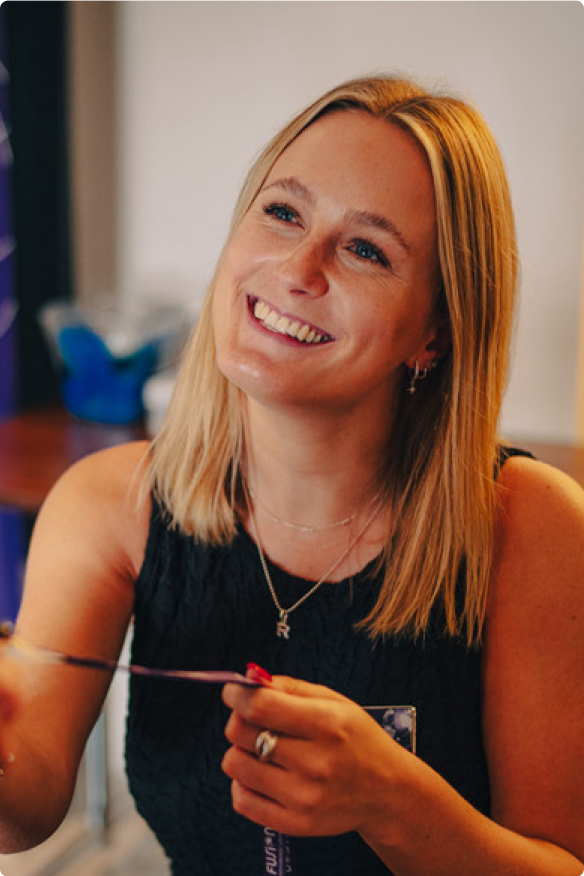
Need some help? Chat to the Fusion team today
As a family run business, our dedication runs deep. We’re committed to each other and, even more so, to every attendee’s experience, delivering a level of care and passion that’s truly unmatched.

